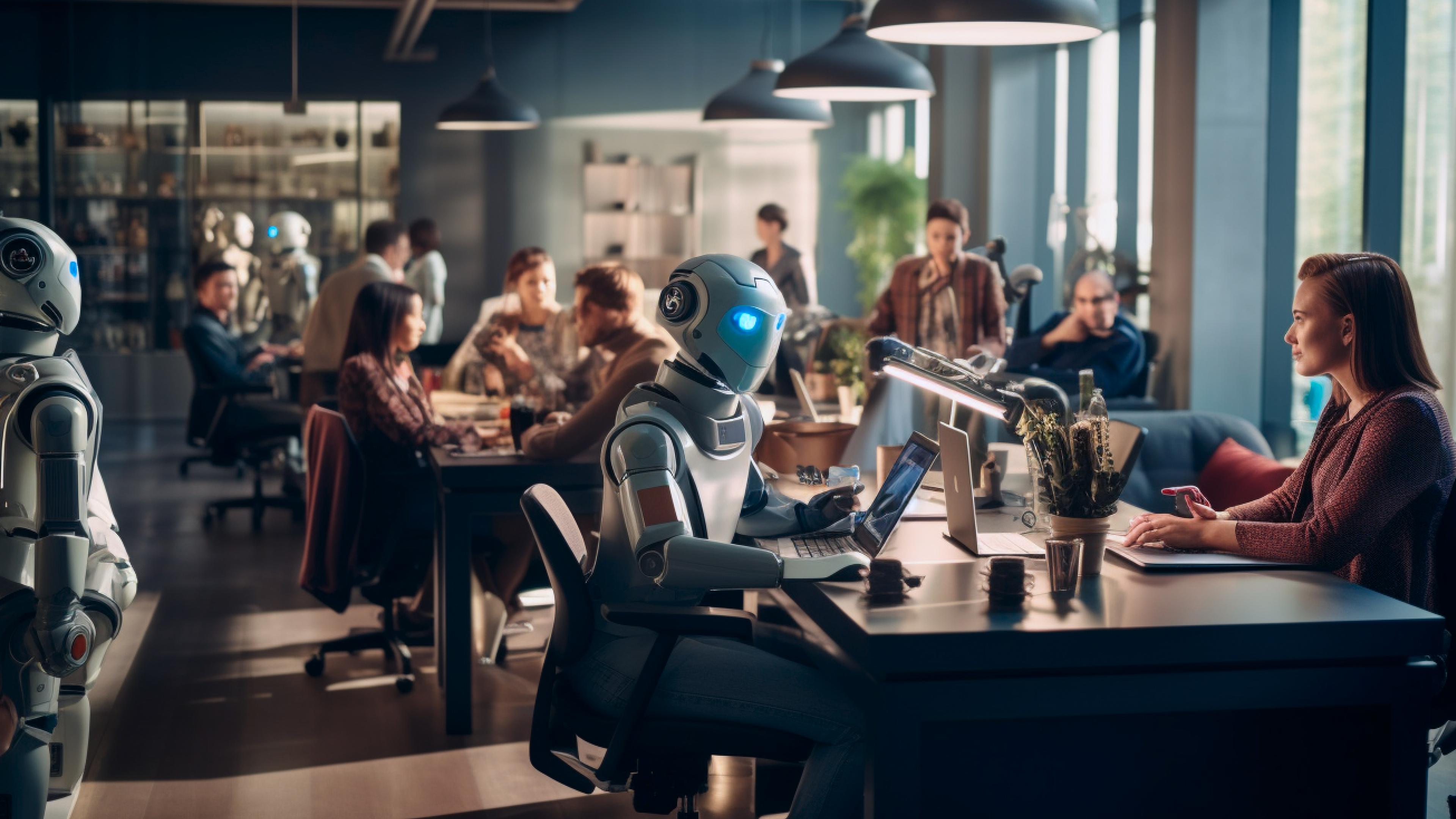The Ai Revolution: Opportunities and Challenges
The AI revolution is transforming every aspect of our lives, from healthcare to education. However, its rapid progress has raised numerous ethical, legal, and social questions. As we face this transformative technology, it's important to understand its impact on society and anticipate its possible implications. Join the conversation on the future of AI and its impact on our lives.


Writer at Harbour.Space University
The AI revolution is transforming every aspect of our lives, from healthcare to education. However, its rapid progress has raised numerous ethical, legal, and social questions. As we face this transformative technology, it's important to understand its impact on society and anticipate its possible implications. Join the conversation on the future of AI and its impact on our lives.
Artificial intelligence (AI) is the buzzword on everyone's lips in today's society. Its appearance has changed the world as we know it, disrupting industries and transforming every aspect of our lives. AI will revolutionize how we live, work, and interact with the environment around us. This AI revolution will leave few institutions untouched, promising benefits from increased work efficiency to better healthcare. At the same time, it has raised numerous ethical, legal, and social questions. As Geoffrey Hinton, ‘the Godfather of AI’ said, “I believe that the rapid progress of AI is going to transform society in ways we don’t fully understand, and not all of the effects are going to be good”.
Before Hinton warned about the dangers of AI, in March, a prominent group of people in tech signed a letter published by the Future of Life Institute, calling for AI labs to pause the training of AI systems for at least six months citing “profound risks for society and humanity”.
That’s why as AI emerges as a transformative technology, it's essential to understand its impact on society and anticipate possible implications in the workforce, education, and the overall impact it will have in our future. Because, as Artem Asanov, Harbour.Space’s faculty member, says, “We are in THE moment. Obviously, we are not able to completely understand it at this time, but the consequences will be huge and will be seen for many years to come because the power that has appeared is comparable to the discovery of nuclear power back in the 1940’s”
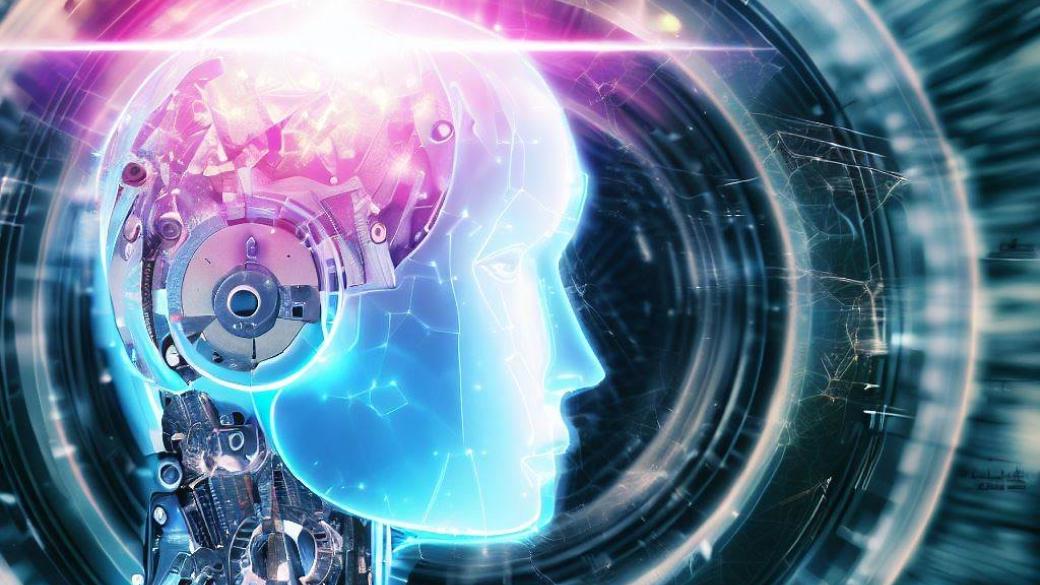
What Is Al?
Artificial intelligence (AI) is not new. We have been using it for many years already in face recognition applications, credit scorecards, Pandora music selection, Google translate, and games, among many other platforms. Actually, for more than a decade, developers and engineers have been dedicated to creating and refining language learning models (LLMs), which allow machines to analyze vast amounts of data. These models enable machines to understand, interpret, and generate language in a more human-like way by analyzing large amounts of text and data and learning the underlying patterns and structures of language. LLMs, coupled with other AI technologies like neural networks, have been used to build state-of-the-art language models like GPT-4, which can write articles, answer questions, generate poetry, and even code.
As written in a US White House report, “The power of AI comes from its use of machine learning, a branch of computational statistics that focuses on designing algorithms that can automatically and iteratively build analytical models from new data without explicitly programming the solution”.
However, what the world has experienced in the last months is considered to be a dramatic leap in the powers and capacity of this technology as Radoslav Neychev expressed in his Space.Talk, ‘AI is already here: Why does ChatGPT (and its Rivals) seem to be Changing the World?’. Also, as he pointed out, AI is not good or bad, it is how and who uses it that determines the outcome.
The continued evolution and refinement of LLMs will undoubtedly unlock even more possibilities in the world of AI and natural language processing, but there are many risks to consider, because, for example, if LLM datasets are biased, their outputs can perpetuate and amplify existing biases too.
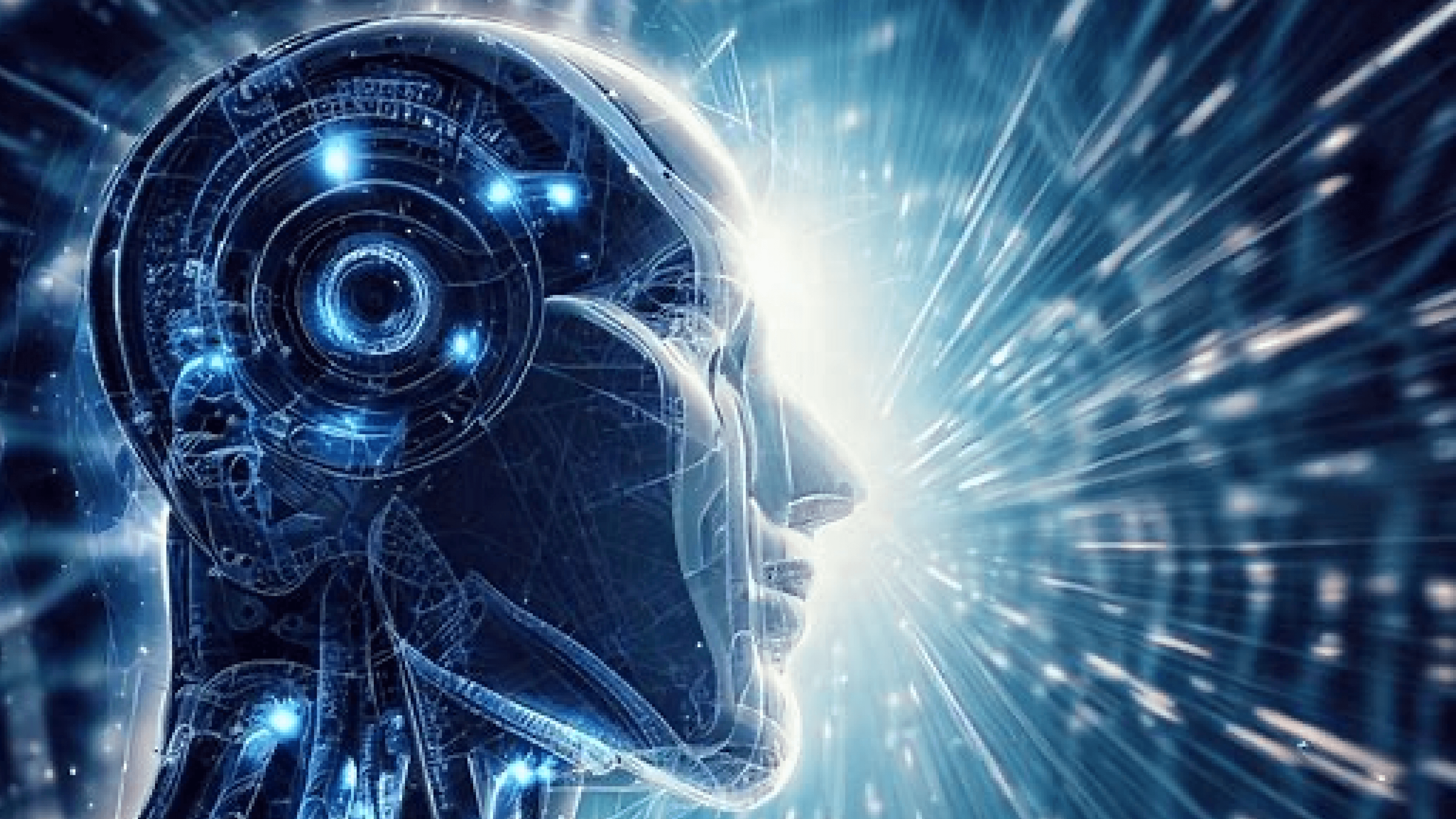
The Impact of Al on the Job Market
The impact of Artificial Intelligence (AI) on the job market is one of the most pressing issues facing our society today. As AI technology continues to advance, it has the potential to automate many routine tasks, leading to increased levels of productivity and specialization jobs. However, this also raises questions about how AI will affect job availability and wages in the future. It is important to consider both the positive and negative effects and be prepared to deal with both.
Not long ago, the White House published a paper titled “The Impact of Artificial Intelligence on the Future of Workforces in the European Union and the United States”. In it, it states: “AI is a fast-evolving technology with great potential to make workers more productive, to make firms more efficient, and to spur innovations in new products and services. At the same time, AI can also be used to automate existing jobs and exacerbate inequality, and it can lead to discrimination against workers. While previous technological advances in automation have tended to affect “routine” tasks, AI has the potential to automate “nonroutine” tasks, exposing large new swaths of the workforce to potential disruption”.
In one of Jason Calacanis episodes of This Week in Startups, he states that AI’s impact in the workforce will have three phases:
- Augmentation. An increase in productivity.
- Automation. Humans will be out of the process.
- Complete replacement.
Certainly, there are going to be many professions that will be wiped away, especially those where routine work involves some kind of decision-making based on a template, pattern, or scenarios. As Igor Golutvin, Co-founder of Leagues of Code and Head of Strategy at Harbour.Space, says, “all the standard white collar jobs my become obsolete fairly soon. I think a lot of people will lose their jobs and having one will become a privilege, not an obligation”. They are calculating that about 30% of back-office functions will easily be replaced by AI in just a couple of years.
According to a Barron’s article the highly-educated and highly-paid white collar jobs that are most exposed are:
- Human resources
- Law clerks
- Interior designers
- Architects
- Chemical engineers
- Art directors
- Mental health counselors
- Telemarketers
- Arbitrators or mediators
- Astronomers
- Political scientists
In all, image generation and language model are related to 52 human abilities used to describe more than 800 occupations. Companies will be able to produce much more with fewer people and the ones that will remain in the workforce will probably be highly skilled in using AI effectively.
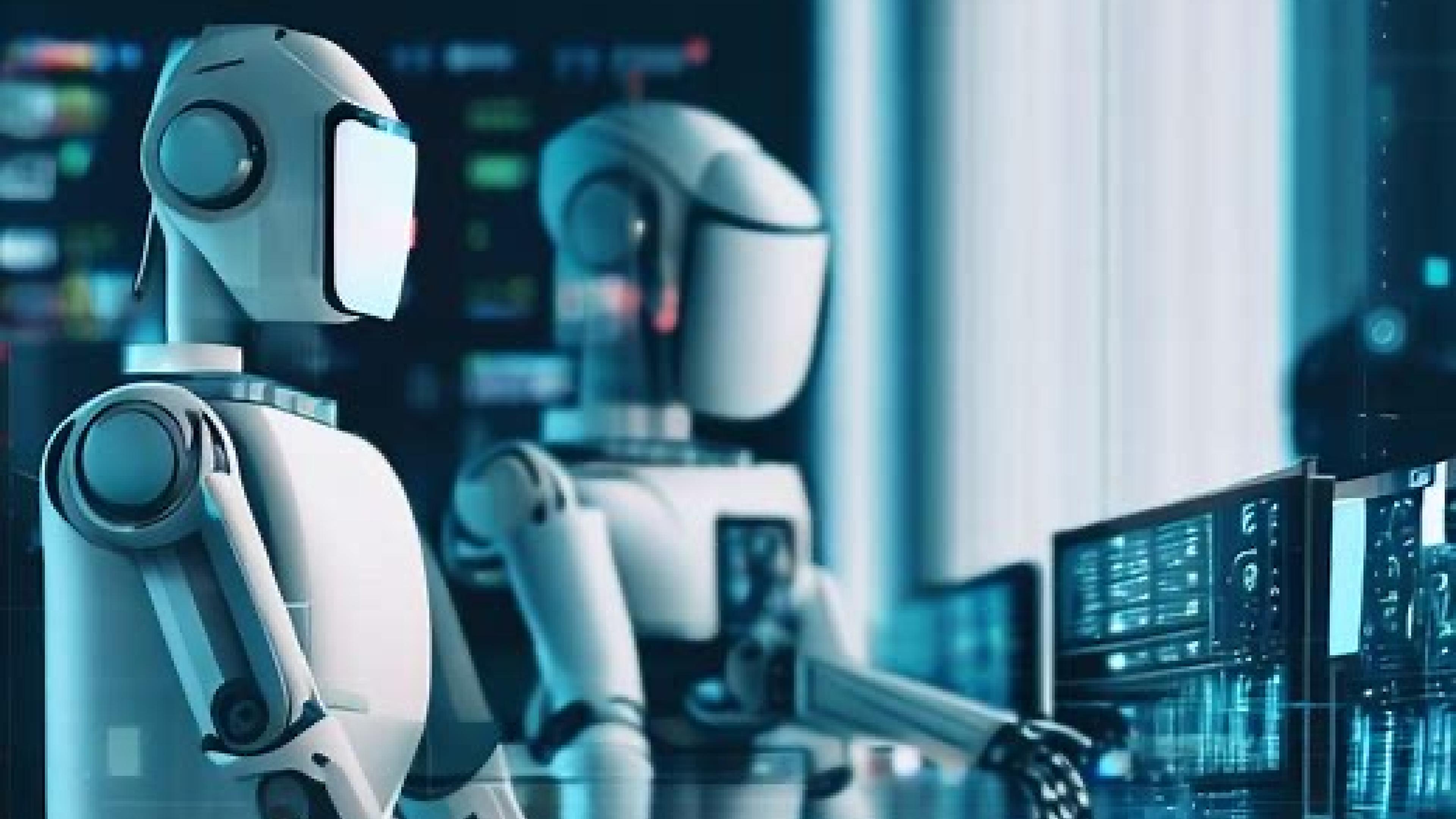
Al and the Future of Education
Artificial intelligence is rapidly transforming the landscape of education, introducing innovative and groundbreaking solutions to enhance teaching and learning experiences. As educators and institutions adapt to this technology, AI is reshaping traditional educational methods, personalizing curriculums, and empowering both students and teachers with advanced tools and resources from automated grading systems to chatbots that provide personalized feedback and assistance. As AI continues to evolve, it will become even more integral to the educational process.
Artem believes that “AI will significantly increase the speed of education, and kids will be able to digest knowledge faster because the lessons will be personalized”. He believes that programming and coding will be less important subject because we’ll be able to speak to machines in our own language and that we should focus on the kids learning subjects like ethics, psychology, and soft skills like communication.
On the other hand, Igor told us that he is afraid that AI will kill education and that kids should “learn how to communicate and how to solve problems. Kids should be learning how to use AI tools to solve issues and learn to communicate the results to other humans.” For him, logic and communication are the keys to success in the future.
According to Harbour.Space’s Andrey Gavrilyuk, “kids should learn how to be calm inside their thoughts, because more information causes anxiety”. For him, besides mathematics and programming languages, they should learn about mindfulness, human-to-human communication and human to any AI communication.
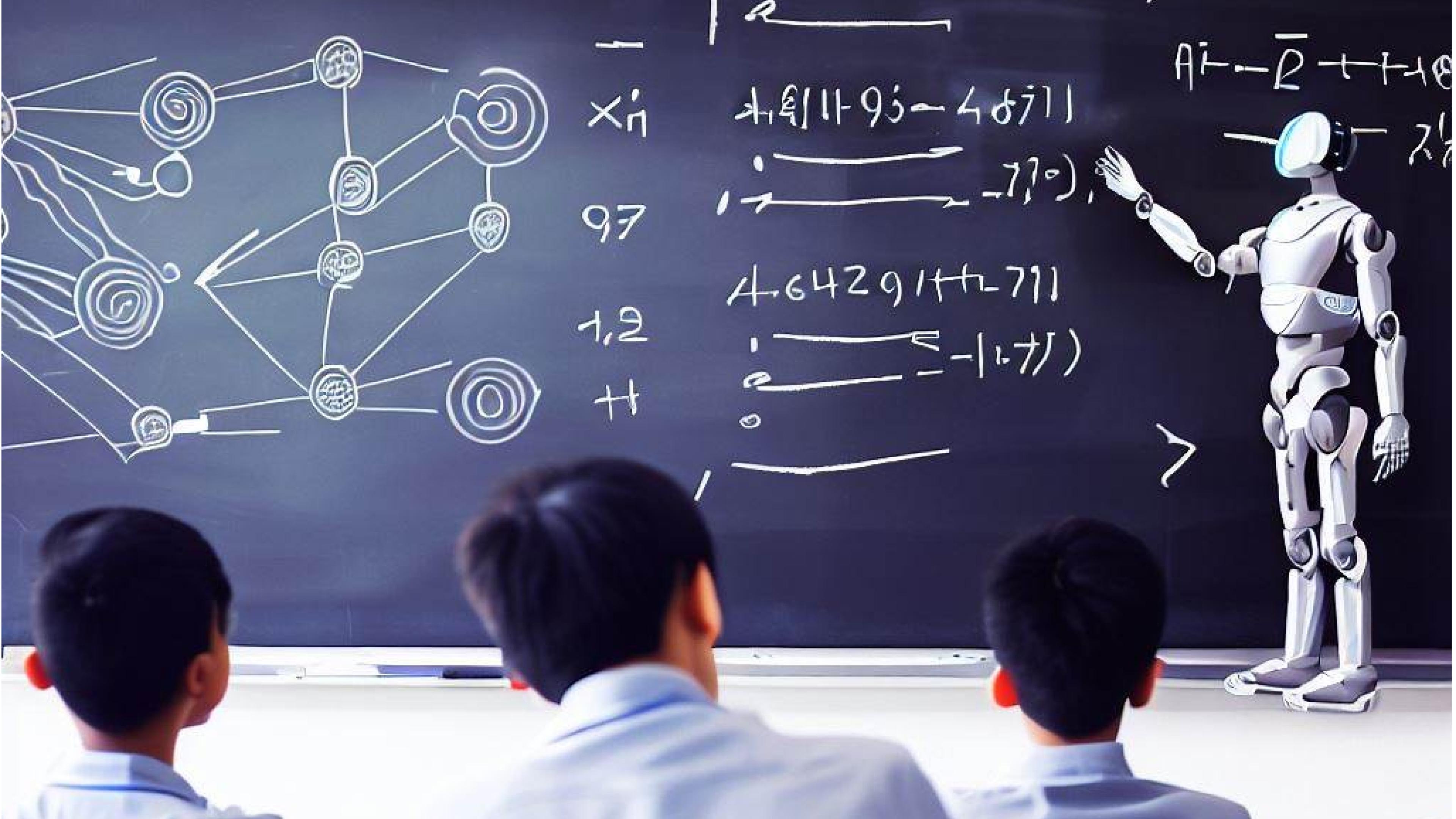
Advantages of Al
One of the most significant advantages of AI is its ability to process and analyze large amounts of data with exceptional speed and accuracy. This capability allows AI systems to identify patterns, trends, and correlations that may be difficult or impossible for humans to discern
In healthcare, for example, AI technology could make quicker decisions and fast-track patients to the best treatment possible for their illnesses. Also, AI tools will probably be able to detect cancer, Parkinson’s disease, MLS, or Alzheimer much faster than humans and will be able to develop new, more precise, drugs to fight diseases.
AI can also help fight climate change. How? Here are just a few examples:
- AI can optimize energy consumption by analyzing patterns and predicting future demand, enabling more efficient use of resources. By integrating AI into smart grids, utilities can balance energy supply and demand more effectively.
- AI can enhance the accuracy and speed of climate models, allowing scientists to better understand the complex dynamics of Earth's climate system.
- AI can revolutionize agriculture by enabling precision farming techniques that optimize the use of resources, minimize environmental impact, and increase crop yields. AI-powered systems can analyze data on soil quality, weather conditions, and plant health to provide farmers with real-time recommendations on irrigation, fertilization, and pest management.
Lastly, AI holds significant potential in addressing some of the world's most pressing challenges such as food security and inequality.
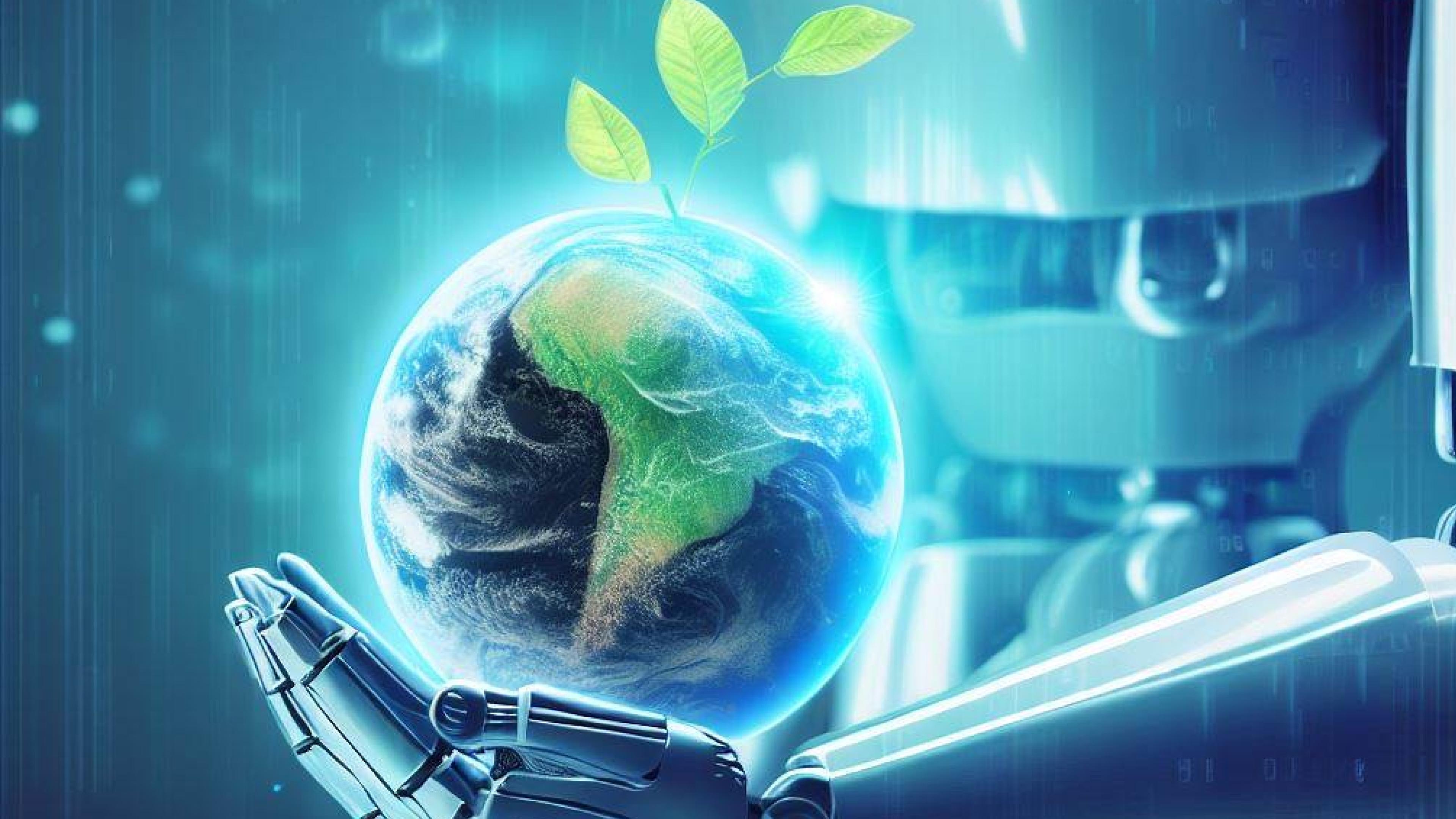
Al’s Risk and Dangers
As we have read, Artificial Intelligence has the potential to revolutionize many aspects of our lives, but it also poses some risks and dangers, many mentioned by Geoffrey Hinton:
- Risk of bias and discrimination
- Risk of intellectual property
- Risk of privacy concern
- Risk of misinformation
- Risk of increasing inequality
- Risk of weaponization
- Risk of uncertainty
AI’s impact can be so powerful that without proper regulation it could, as Yuval Noah Harari states in the Economist, “create social chaos… the AI revolution is bringing us face to face with Descartes’ demon, with Plato’s cave, with the Maya. If we are not careful, we might be trapped behind a curtain of illusions, which we could not tear away or even realize it’s there”. As he says, society should demand rigorous safety checks before powerful AI tools are released into the public domain and it should be mandatory for AI-generated sound, image, or text to disclose that it was AI generated because as Harari states, “if I am having a conversation with someone and cannot tell whether it’s a human or an AI, that’s the end of democracy”.
As Igor pronounces, the future “frightens me when you let something spread without control”. Therefore, our number one priority as a society is to set up guidelines to keep the technology in check not only so people can tell the difference between AI generated text, photos, and video and the real thing, but to control the machine before it controls us.
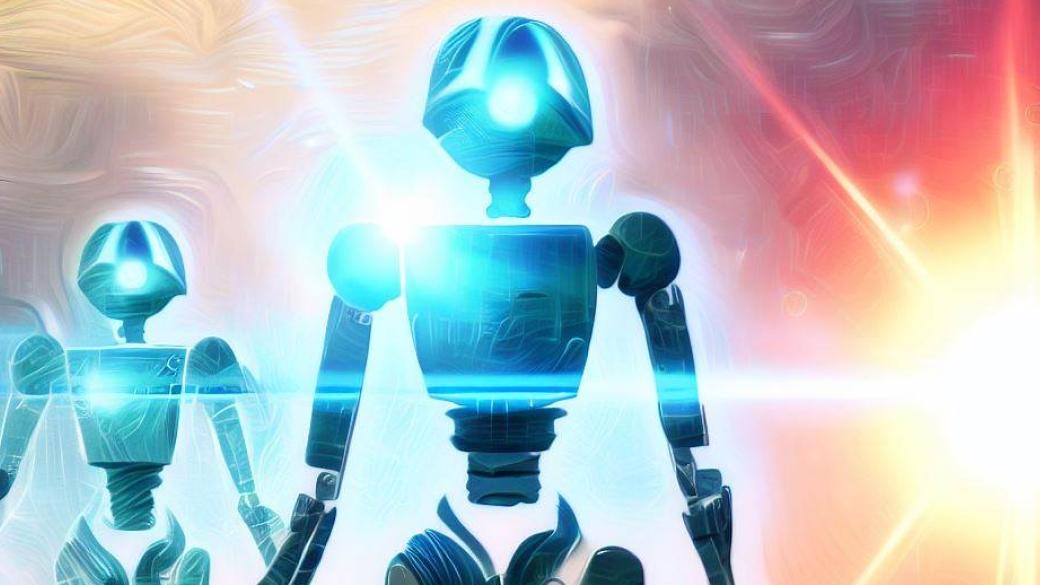
Conclusion
In conclusion, the AI Revolution is undoubtedly reshaping our world in unprecedented ways, touching upon various aspects of our lives and society. As we have explored it is clear that the influence of AI on our future cannot be understated. From transforming the workforce and revolutionizing education to offering immense benefits and posing potential risks, AI's presence is both inspiring and challenging. As we continue to embrace the advancements AI brings, it is crucial for individuals, businesses, and governments to navigate this new era responsibly and ethically, ensuring that we harness the potential of AI while mitigating its dangers. By striking the right balance, we can shape a future where AI serves as a powerful ally in our quest for progress, innovation, and sustainability.
Thanks for reading
If you’re interested in further growth, take a look at our website to learn what your future could look like at Harbour.Space. Lastly, get in touch with us at hello@harbour.space to let us know your thoughts!
